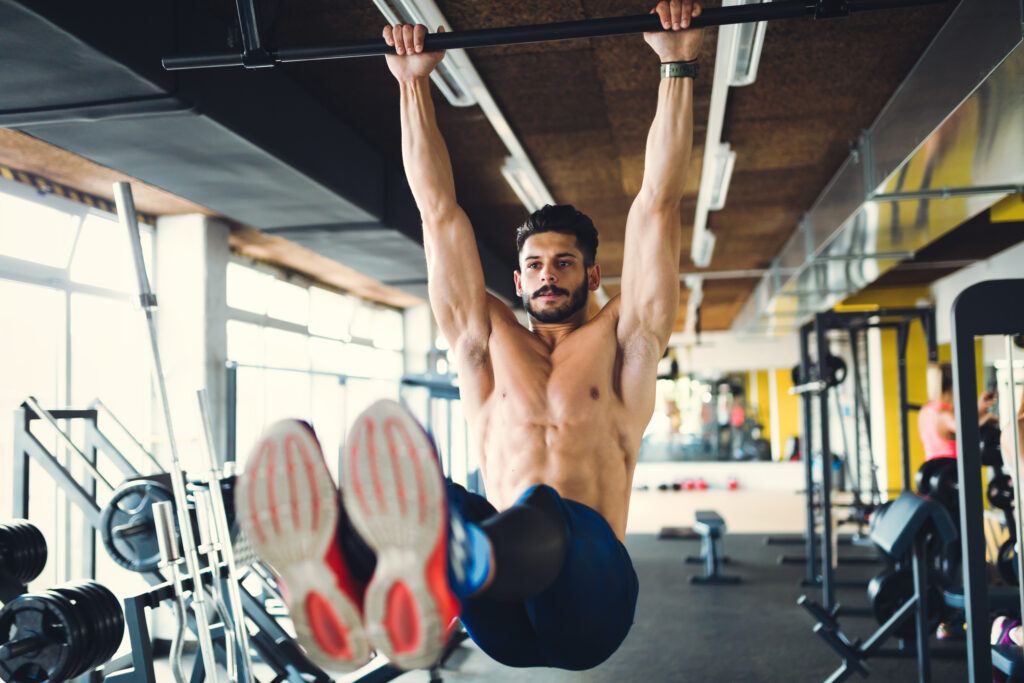Six-pack abs, technically known as the rectus abdominis, are a muscle group at the front of your abdomen. Whether or not they’re visible without flexing largely depends on a combination of factors.
Firstly, muscle development plays a role. If you’ve diligently worked on strengthening and building your core muscles, they’ll naturally be more pronounced. But even with significant muscle development, if there’s a layer of fat covering the abs, they might not be clearly visible.
This brings us to the second factor: body fat percentage. For the majority of people, especially men, the lower abdomen is a common place for fat storage. If your body fat percentage is too high, even well-developed abdominal muscles won’t be visible. Men typically need to be below 10% body fat to see their six-pack, and women below 20%, given the natural differences in fat distribution between genders. However, these percentages can vary slightly for each individual.
The third factor is skin elasticity and thickness. Genetics, age, and other factors can influence this. Some people naturally have thicker skin or less elastic skin, making the muscles beneath less prominent.
Lastly, lighting and posture can also play roles. Many photos you see of fitness models with sharply defined abs are taken under optimal lighting conditions, which can cast shadows and emphasize the contours of the muscles. Similarly, standing up straight and maintaining a good posture can make your abs appear more pronounced.
While developed six-pack abs can be somewhat visible even when not flexed, their visibility is often enhanced when flexed. For them to be clearly seen without flexing, you’d need a combination of well-developed abdominal muscles and a low enough body fat percentage. Additionally, factors like skin type, lighting, and posture can also influence their visibility.

